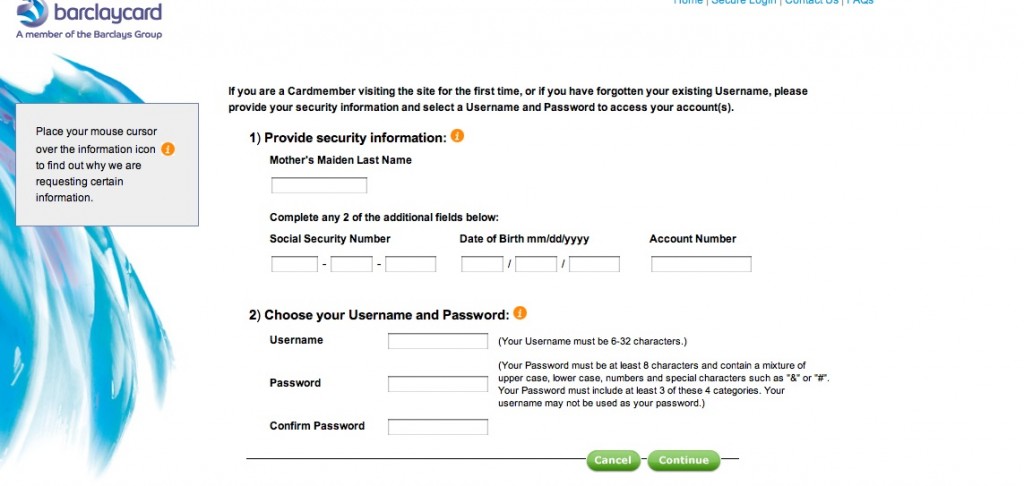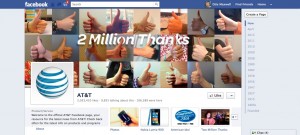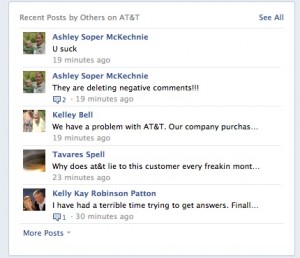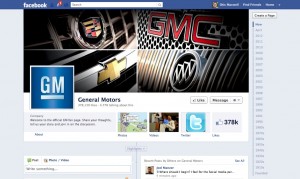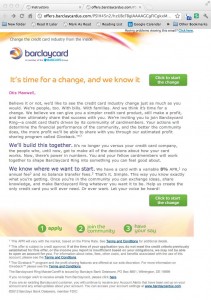Over the last few months I’ve been involved in two situations which could not have happened before the advent of social media. A friendly acquaintance had made a commitment (in one case to do something, in the other to look into it) and I emailed at the appropriate time to remind them about it. There was no response. I then took to other means—Facebook messaging in one instance, Facebook plus LinkedIn in the other—with the same reminder in case their email wasn’t working or I ended up in their spam folder. Still nothing.
At this point, you have to assume that the other party is receiving my messages and for whatever reason is ignoring them. Presumably they’re no longer able to meet the commitment, but why can’t they just come out and say that? It’s not that big a deal. I’m a bit inconvenienced, but not to the point of being harmed or angry about it. We can still be friends. I should also say there’s zero possibility I have done anything, directly or indirectly, that would make either of them not want to continue a relationship with me.
Now, the lack of follow through has led to a social media radio silence. I know these folks are okay because they continue to post on Facebook about the usual stuff. I’ve rattled the cage by liking or commenting on a couple of their posts. In the normal course of events we would have had a bit of back and forth on one topic or another. But, possibly because they’re embarrassed, these two people are unable to engage with me in any way.
I will add that one of these folks is a copywriting colleague who moved out of state so it’s unlikely anything will happen to resolve the issue. But the other is someone I regularly see at local events. It’s inevitable I will run into her sooner or later at which point I expect I will ask her about it face to face and she will give me an answer and an apology for not responding sooner. But why can’t she do that online?
Has anything like this happened to you? Of course it has. What do you do about it? I’m interested because it’s a social phenomenon that could not have existed in an era when letters got lost in the mail or voicemails got erased by mistake. Now that we have no place to hide, is there a way to make ourselves selectively invisible? If not, should we even try?
